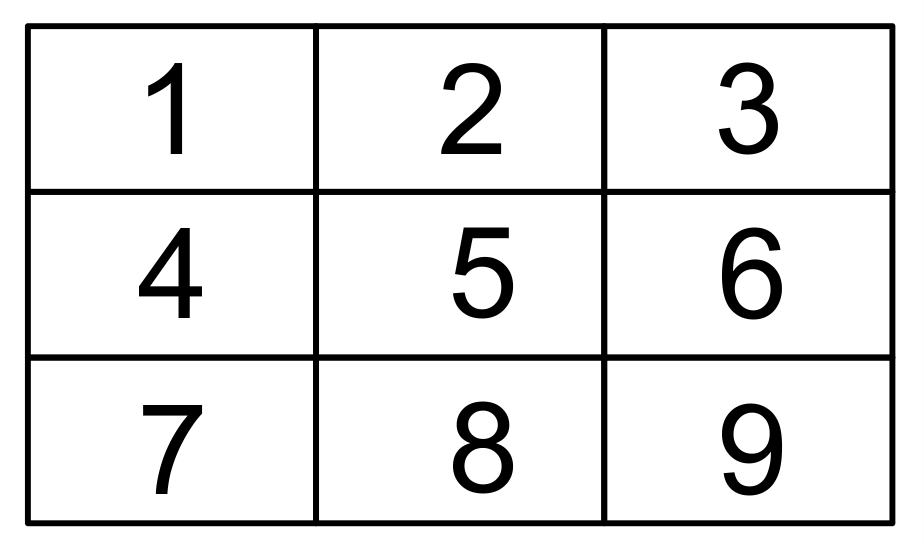by Bill Kinally
Published Sunday December 04 2022

All the phone extensions at Mick’s work place are four-digit numbers with no zeros or twos, and no digit appears more than once in a number. He can enter all the extension numbers on the keypad by starting at key 2 (but not pressing it) then moving in any direction, including diagonally, to an adjacent key and pressing it; then similarly moving to and pressing adjacent keys until the number is entered. A couple of examples of his extension numbers are 3685 and 5148.
He phoned two different extension numbers this morning and later realised that one was an exact multiple of the other.
What was the larger extension number he dialled?
Consideration of the higher number shows how the lower number starts.
Is there only one answer? Based on ratios of the first 2 digits, I found a solution after just 5 tries.
Maybe I was lucky . . .
I think so. The solution space is very small.
Yes, it now matches Brian’s hidden answer.
I considered four groups starting 14, 15, 35, 36 to narrow down the options for a valid multiple abcd of 2 or 3. Three of them failed immediately. Only one group did not fail.
Going then backwards from the ab- start of the remaining group revealed the answer.
Starting pairs 35 and 36 can be omitted rightaway as candidates for the smaller of two extension numbers. Multiplication by 3 exceeds 10^4, doubling gives 7… which can not be reached from 2.
even with Mr Excel’s help, I failed to find a solution, so I fail on teaser and excel – do you think at age 77 my brain has started to atrify (ophy) ?
Hmm . . .
I’m 6 years older, but found the solution quite quickly (no Excel required)! Like Peter, I considered possible starting pairs – my 5 tries all used the same starting pair (as per Peter’s group which didn’t fail) but different finishing pairs, all with the same multiple. Four of these contain a zero, or a two, or a repeated digit, but my 5th attempt led to the answer. Some more posibilities exist, but I didn’t need to consider them.
I found 19 starting pairs but could not progress………
That’s similar to what Nicky found. Peter & I cheated, assuming the multiplying factor would be 2 or 3, which proved to be true.
There are 6 multiples of 4 less between the maximum and minimum that are possible to type on the keypad. When divided by 4 one contains a 2, two have duplicate digits and the other three cannot be typed following adjacent keys. No multiples of 5 or more are possible.
I now see that from those 19, only two allow any multiplication, I will plod on……..
Thanks, Robert
I did not think of factors other than 2 and 3. Incomplete work! Scatterbrain at age > 90 ?
This was a quick one to do. I wrote down the smallest and largest possible numbers then worked out the possible multiplying factors.
I tried each multiplying factor in turn, starting with the largest, writing possible larger numbers then calculating the smaller and checking if it is allowed. Some can be skipped for example if the smaller is in a range starting 2. After finding the answer I carried on to check the answer is unique. I only had to write down less than 20 pairs. For only one case was the calculated smaller number possible to navigate on the keypad and without 2s or repeated digits.
And, of course, neither number can end in 5…
4785=3×1595 only fails because of the repeated 5 in 1595.
…I phrased that badly: don’t bother multiplying a number ending in 5 by 2 or 4…
It is sufficient to explore multiples in the ranges 1453…1489 and 1536…1598.
Ranges starting 3xyz, 4xyz fail because 7,8 and 9 can not be reached from 2.
There is no need to consider the divisibility of valid extension numbers by 2,3,4.